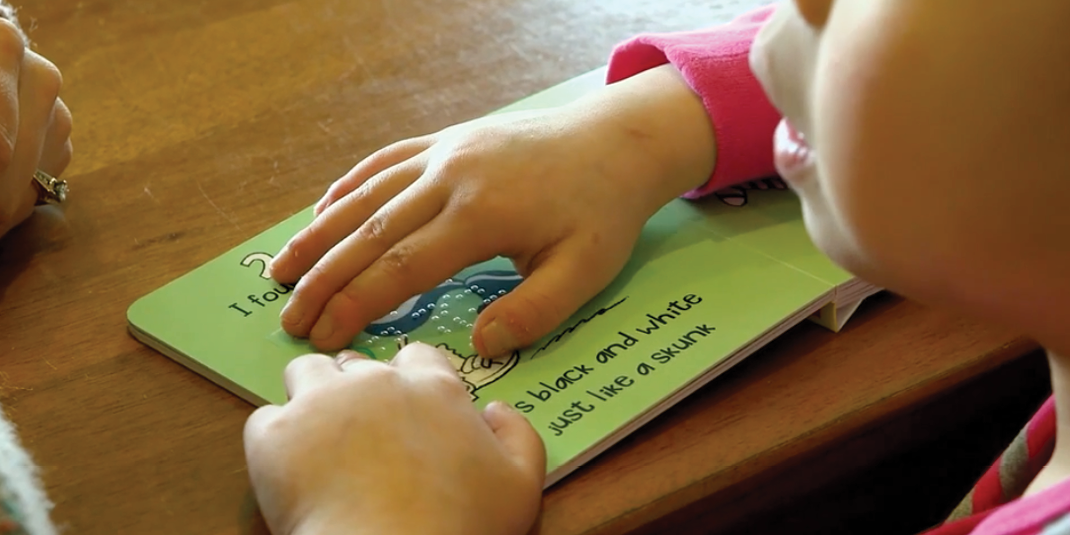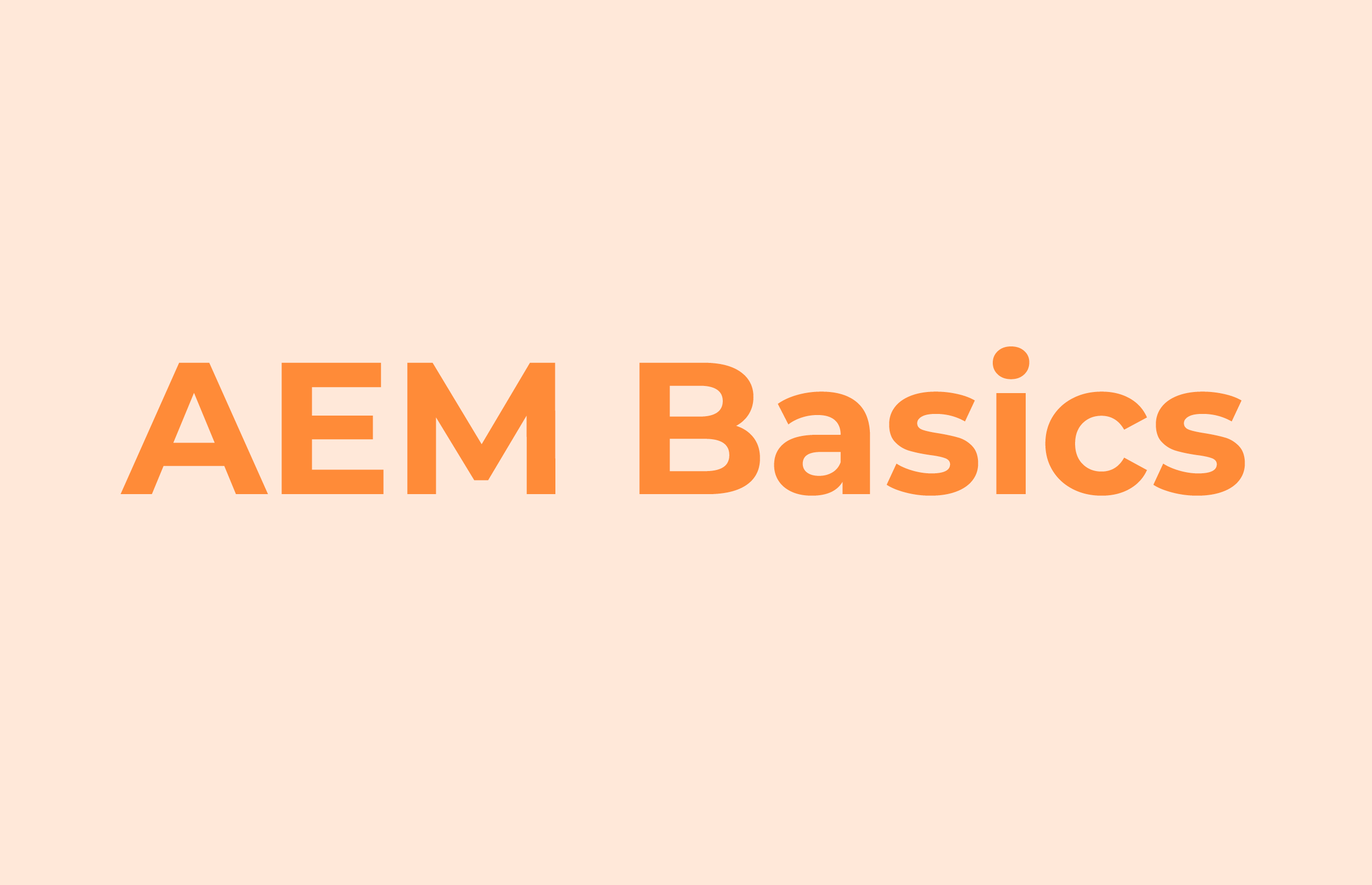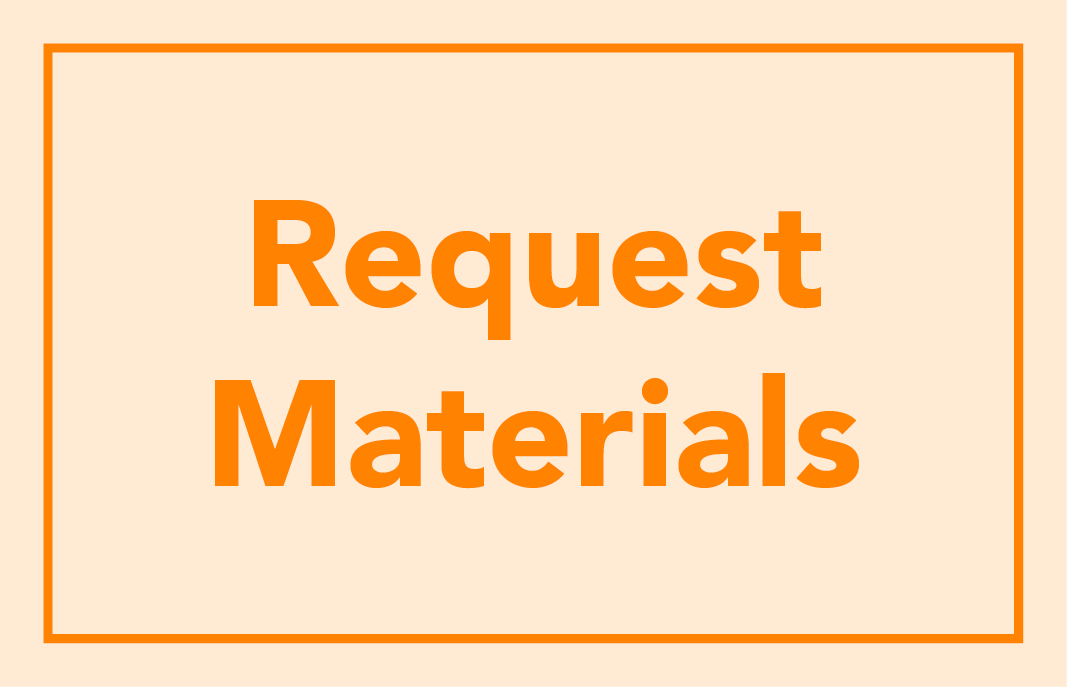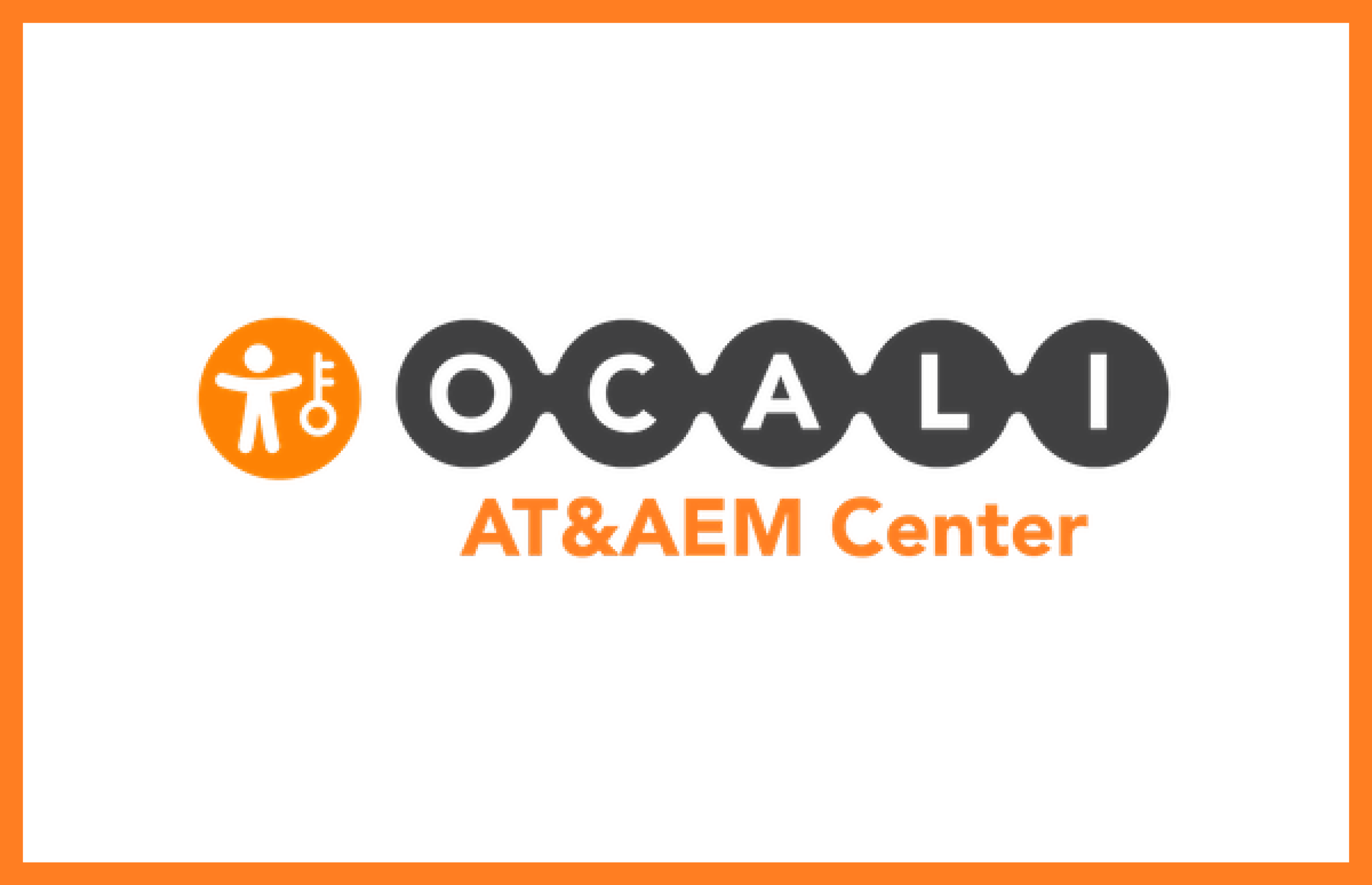Ohio Guidelines for Working with Students who are Blind or Visually Impaired
Accessible Educational Materials

What Are AEM?
Accessible educational materials are materials designed/converted to make them usable across the widest range of student variability, regardless of format. IDEA supports activities that are designed to use current and emerging technologies to improve access to textbooks, in accessible formats, such as braille, large print, audio, digital text, and text with audio, that make it possible for children with disabilities to access and use free educational materials and textbooks across learning environments (Accessibility-Instructional Materials, 2017).
How Does the AT&AEM Center Support Ohio School Districts?
The Assistive Technology and Accessible Educational Materials (AT&AEM) Center at OCALI is a statewide project funded by the Ohio Department of Education, Office for Exceptional Children (ODE-OEC), serving students with print disabilities, including students who are blind or visually impaired. The AT&AEM Center assists school personnel by creating, collecting, and disseminating AEM.
What Is Federal Quota?
The AT&AEM Center conducts the annual Federal Quota Registration of Blind Students on behalf of ODE-OEC. The Federal Act to Promote the Education of the Blind enacted by Congress in 1879 provides AEM to eligible students who meet the definition of legal blindness. This annual registration of eligible students determines a per-capita amount of money designated for the purchase of AEM available from the American Printing House for the Blind (APH). The Federal Quota program generates funds administered by the AT&AEM Center to provide educational materials produced by APH for registered students. The Federal Quota funds are supplemental to school district funding. For guideline information, visit the AT&AEM Center’s Federal Quota section.
Legal Blindness Defined for Federal Quota
To be eligible to participate in the Federal Quota Program, students MUST fulfill the following requirements:
- Meet the Definition of Blindness (MDB) – central visual acuity of 20/200 or less in the better eye with correcting glasses or a peripheral field so contracted that the widest diameter of such field subtends an angular distance no greater than 20 degrees; or Function at the Definition of Blindness (FDB ) – visual performance reduced by brain injury or dysfunction when visual function meets the definition of blindness, as determined by an eye care specialist or neurologist.
- “Be enrolled in a formally organized public or private, nonprofit educational program of less than college level.” NOTE: School-aged students must be enrolled with the registering school or agency on the first Monday in January. Adult students must be registered for at least three months of instruction during the preceding calendar year (an accumulation of 12 weeks). Several factors to remember are:
- There is NO chronological age requirement for eligibility.
- Students must be working at less than college level.
- Students cannot be registered by two schools or Federal Quota accounts.
- Adults to be registered must be receiving a minimum of 20 hours of instruction per week in an educational program. Social and leisure programs do not qualify as instruction. However, student practice to develop skills may be included in instructional hours. For these purposes, an adult is a student over school age, as determined by respective state law.
How Do School Districts Request AEM From the AT&AEM Center?
Once the team, including the TVI and/or COMS, has determined that specific material and/or equipment is needed for a learner, teachers, supervisors, or administrators can request materials from the AT&AEM Center on behalf of students with print disabilities, including students with visual impairments. To ensure delivery of AEM to students in a timely manner, the AT&AEM Center asks requestors to submit through the online system in March preceding the school year in which the AEM will be used. It takes time to produce specialized formats, and delivery of AEM is contingent on timely submission of requests.
How Can School-based Decision-Making Teams Ensure Provision of AEM?
AEM provide access to educational materials that might previously have been inaccessible for students who are blind or visually impaired. The National Center on Accessible Educational Materials (NCAEM) has developed a decision making process to aid teams in ensuring that students who need materials in specialized formats have them available for full participation and achievement.



